Full text
PDF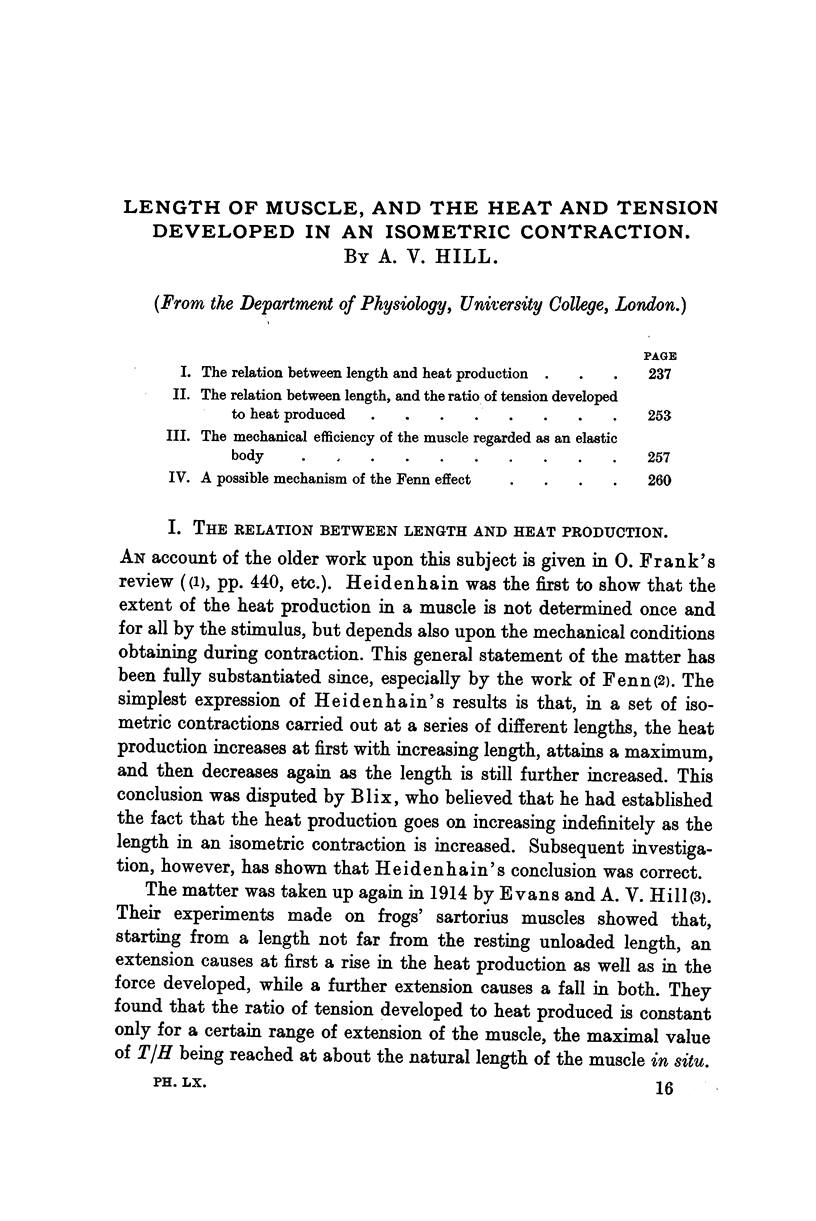
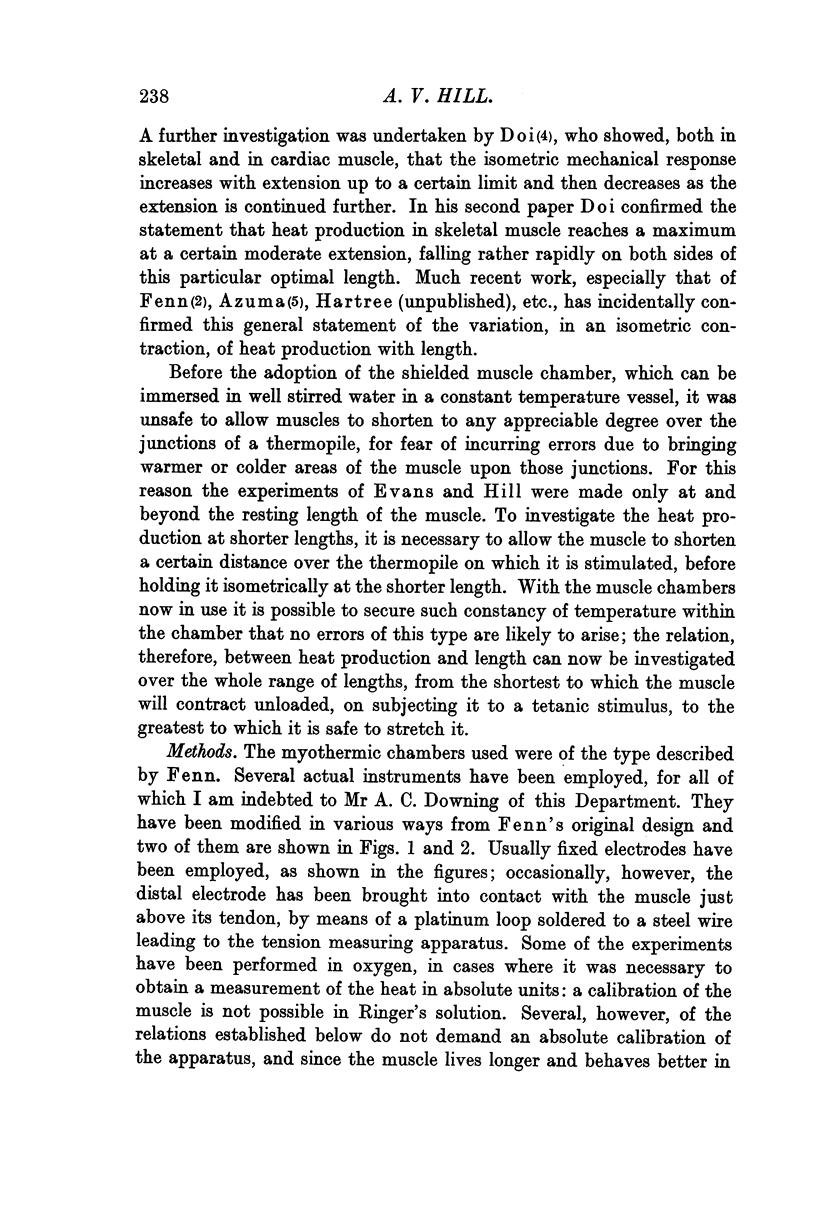
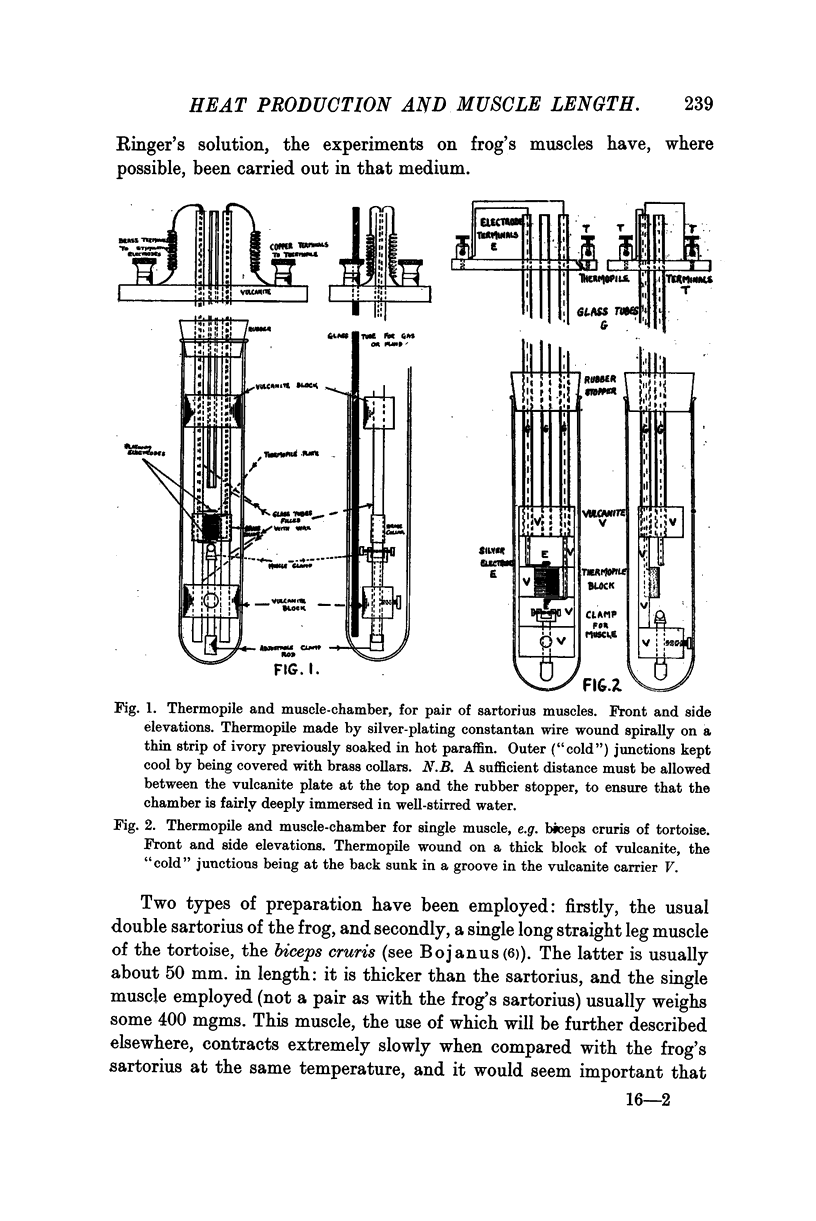
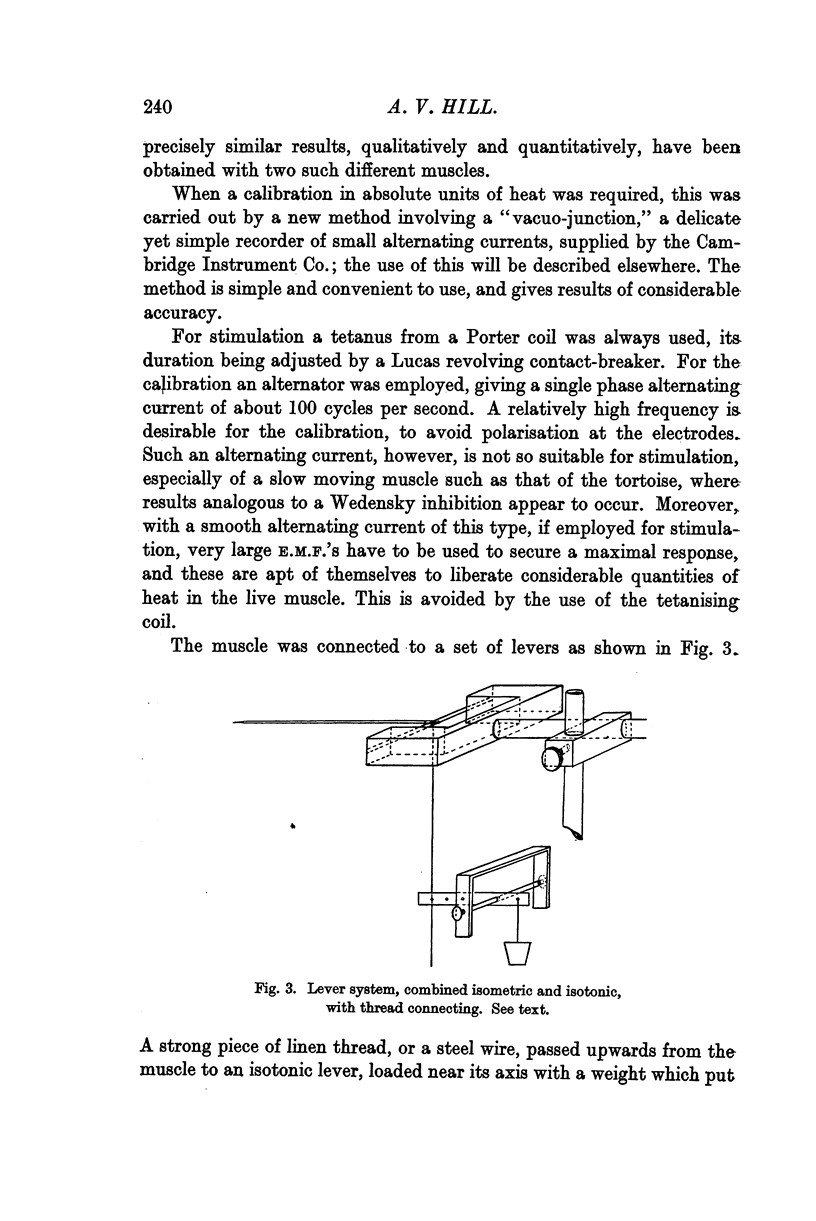
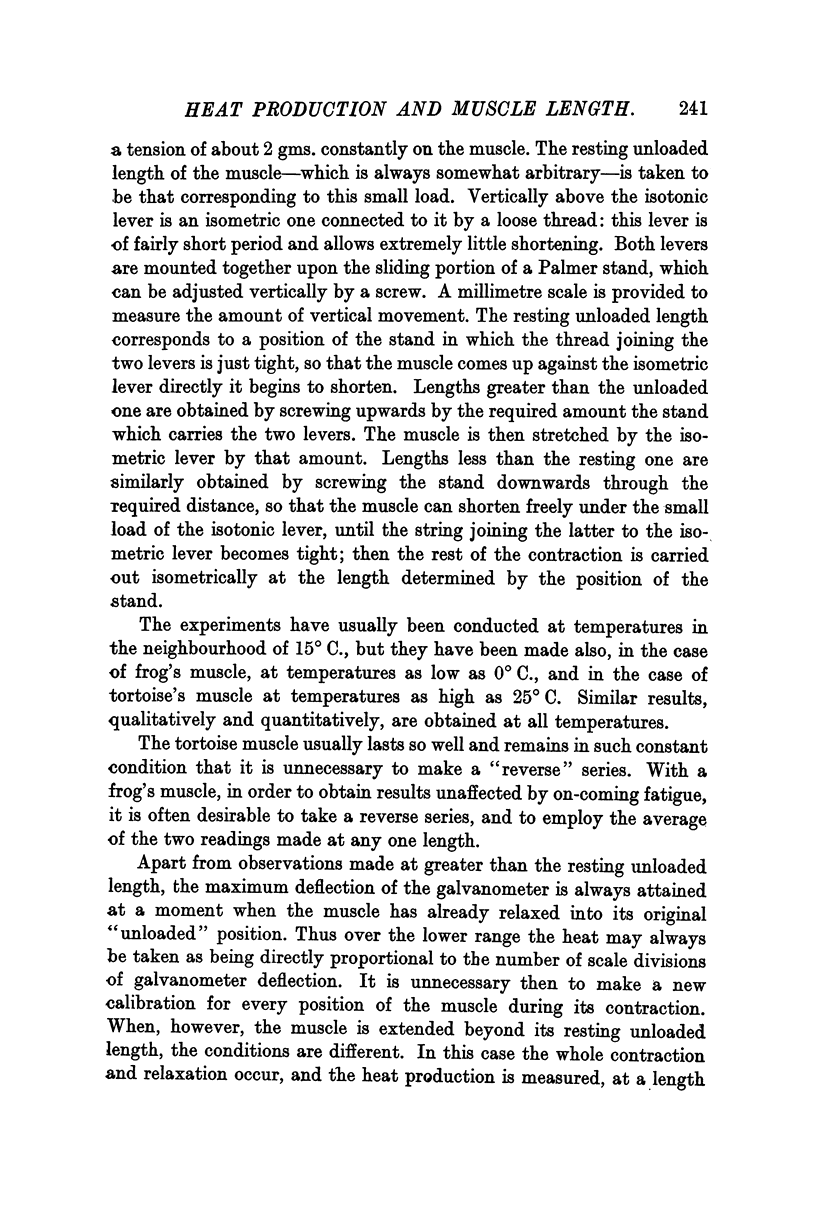
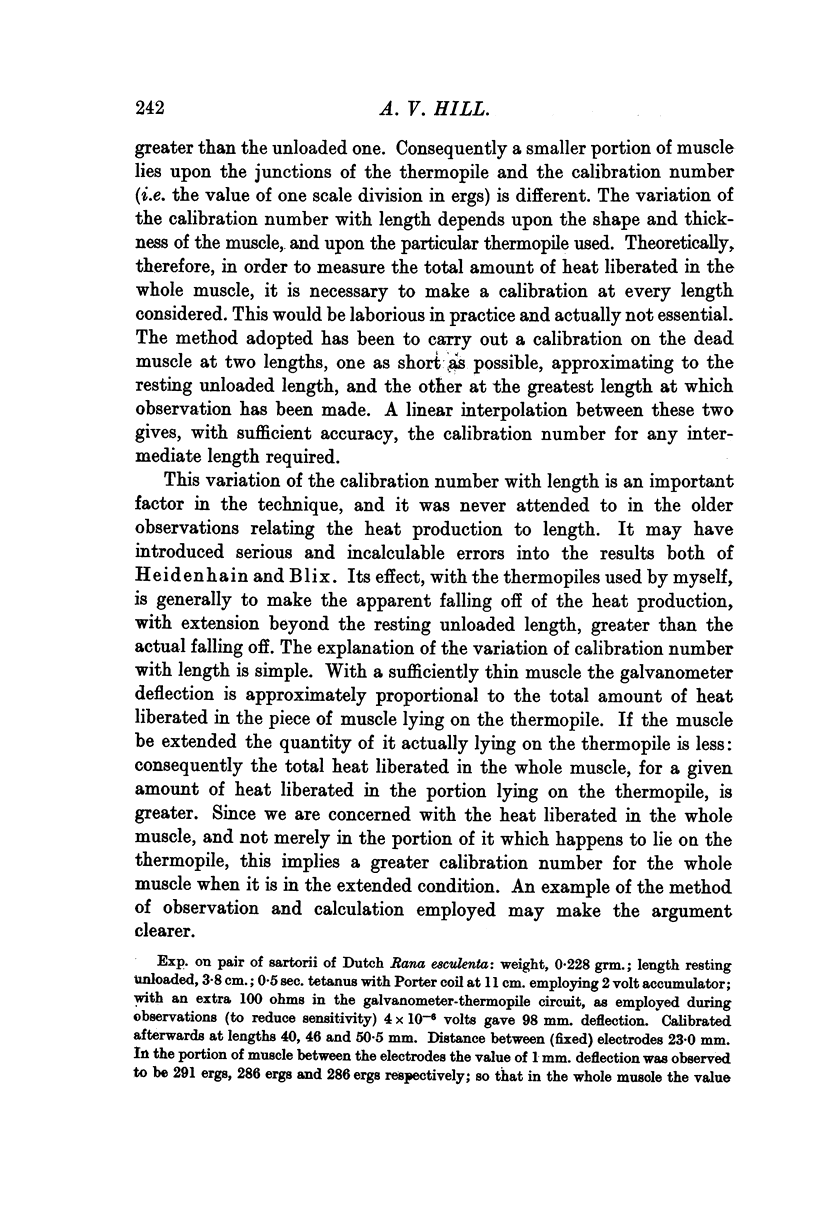
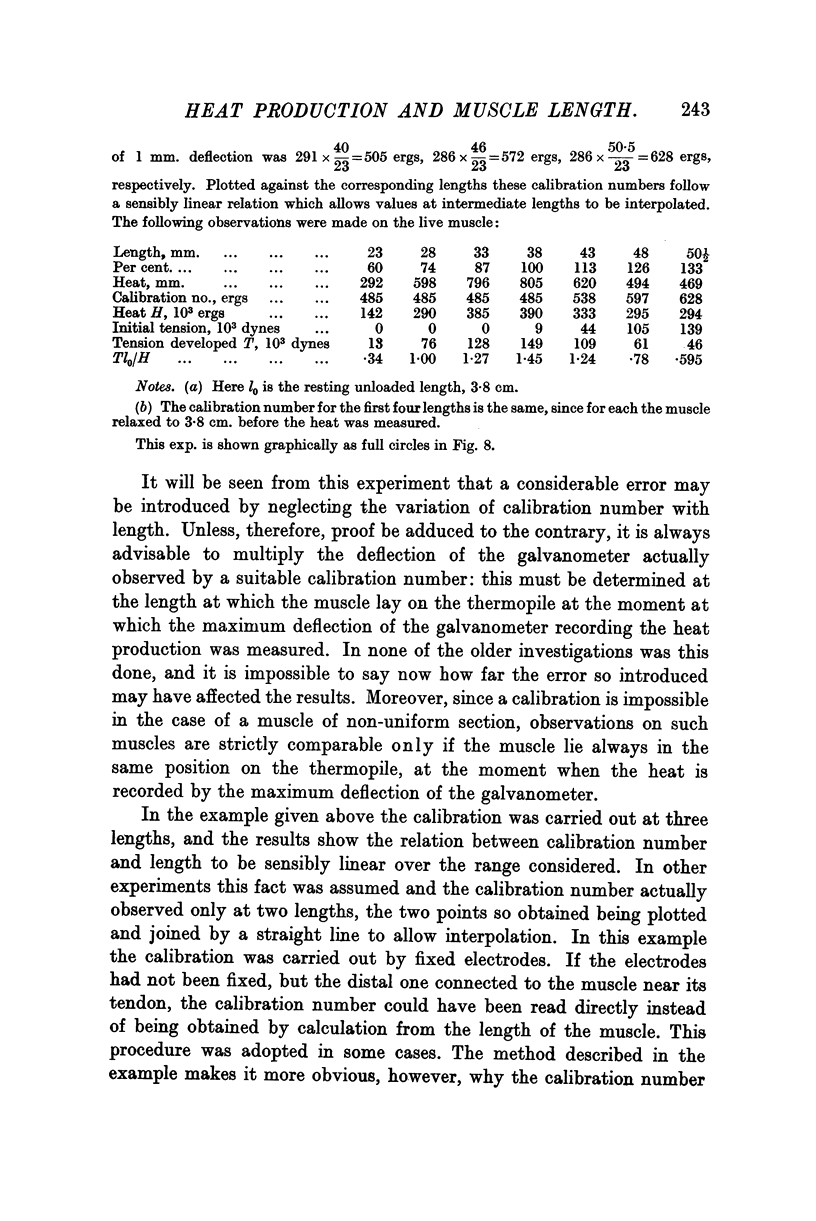
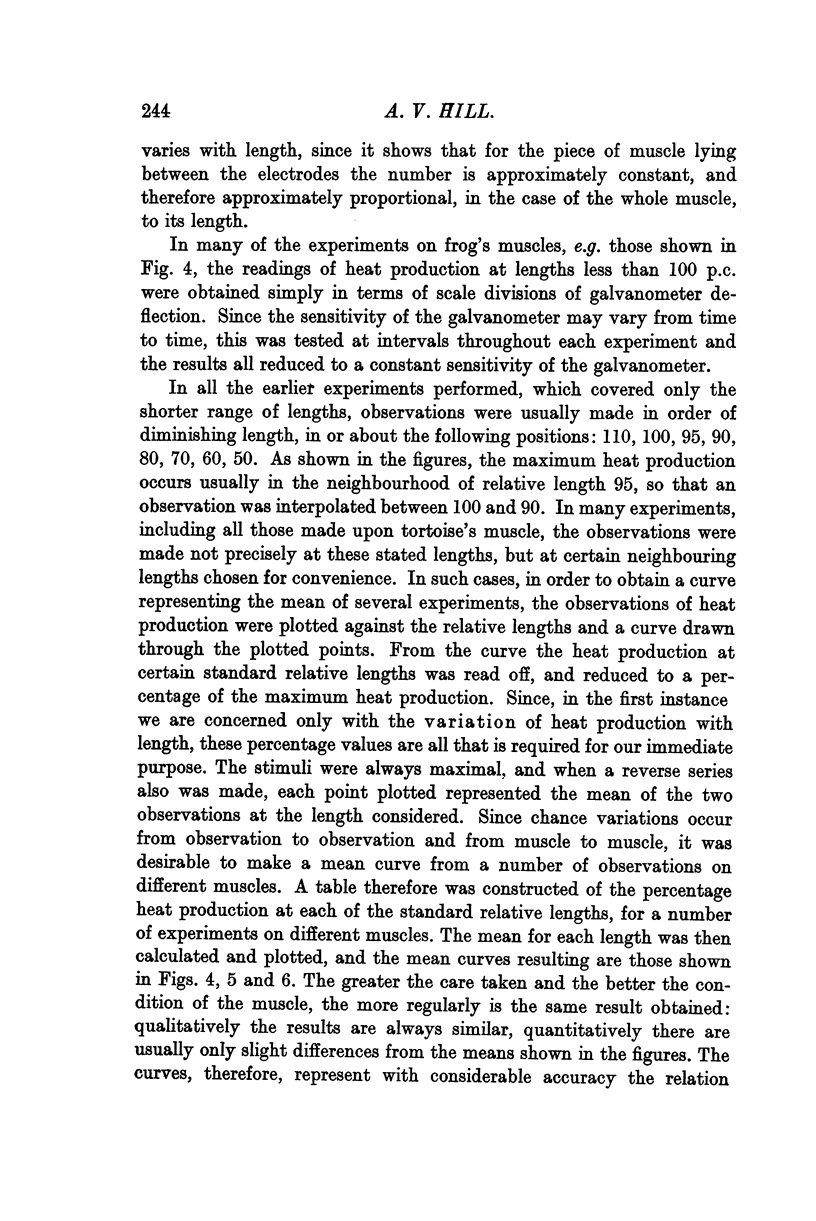
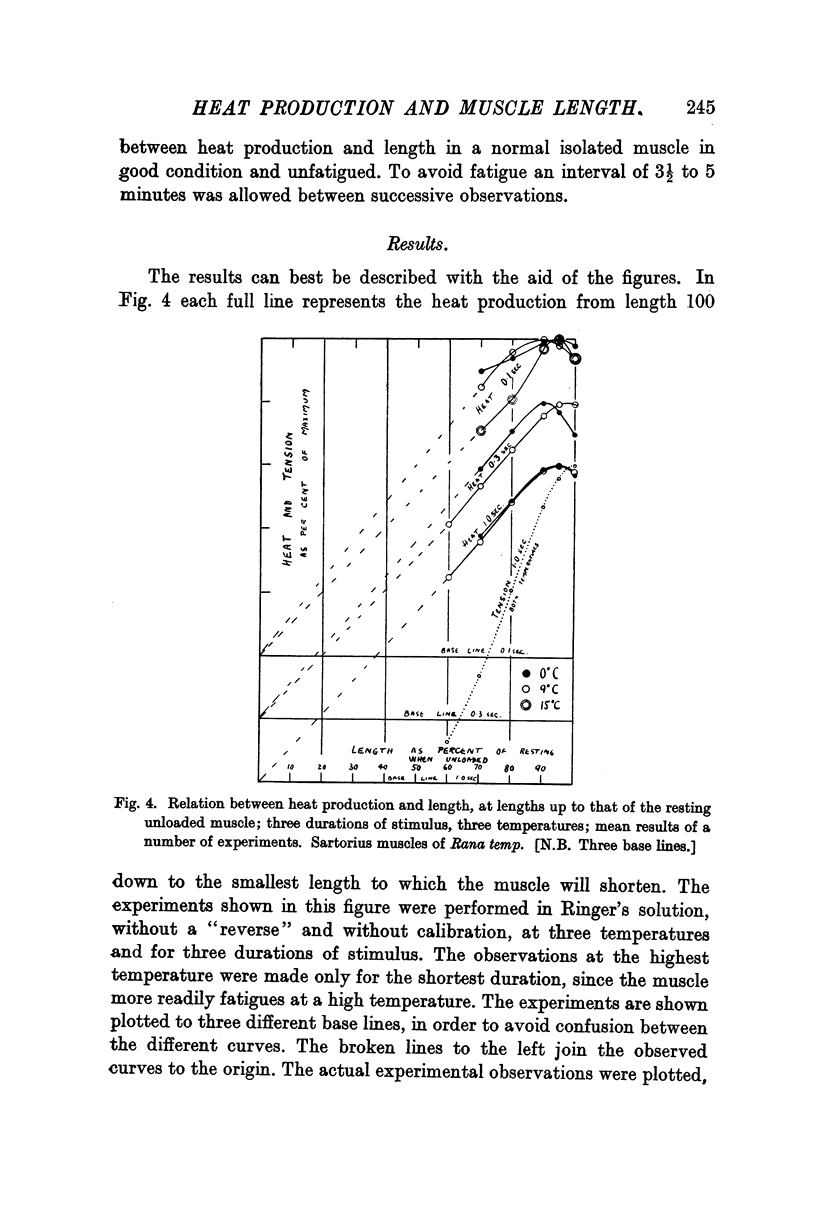
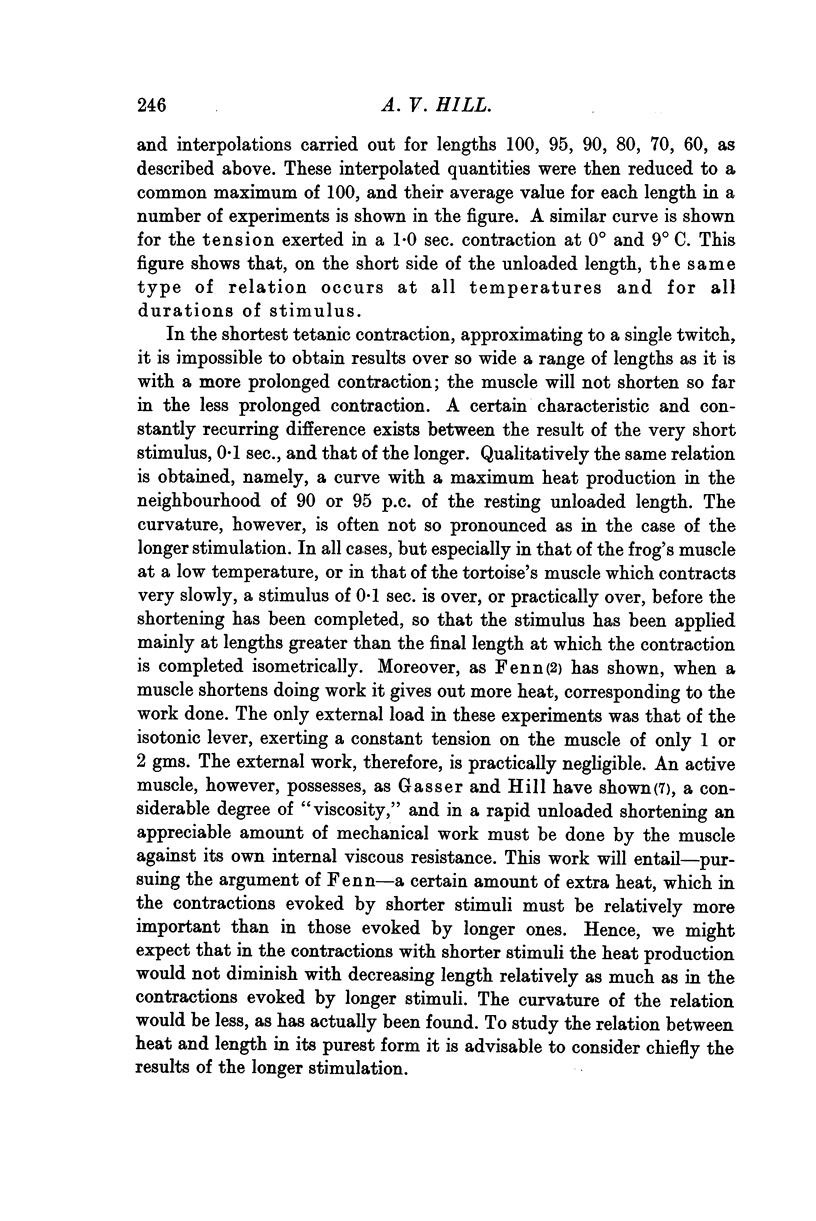

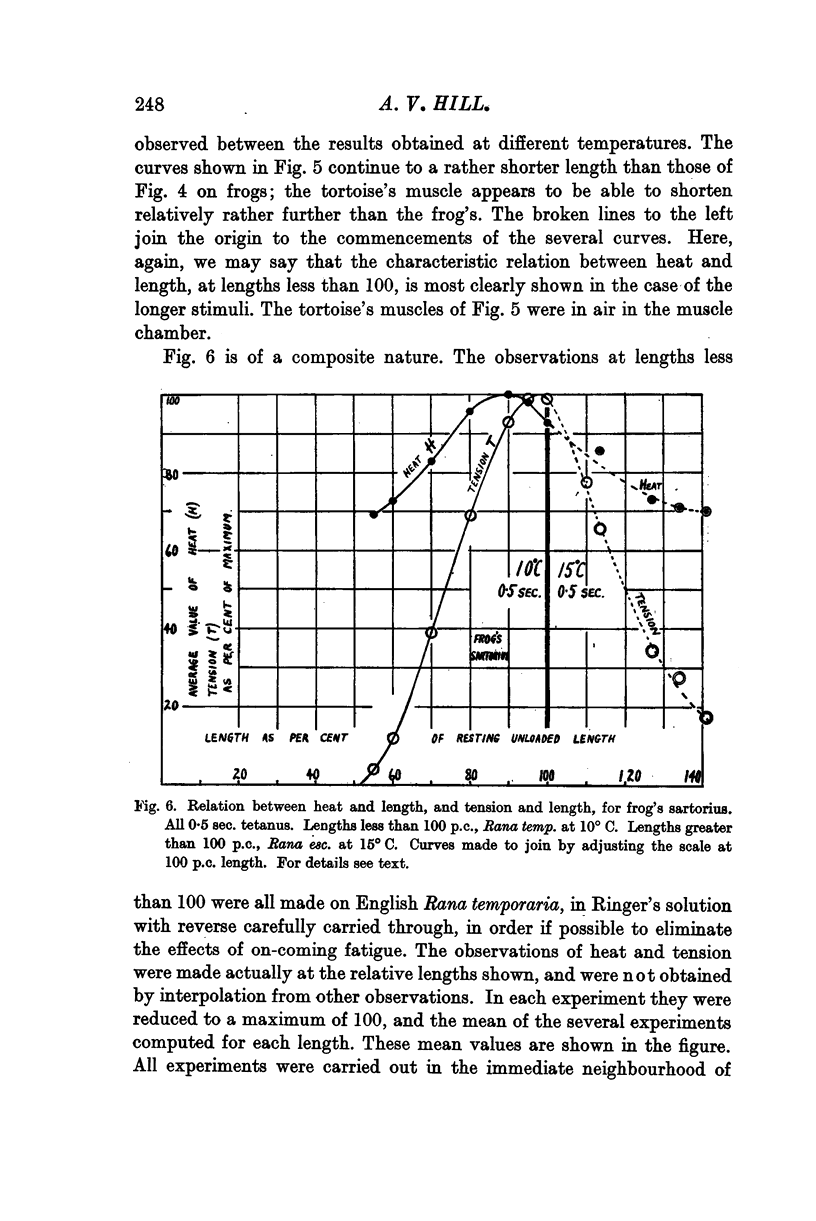
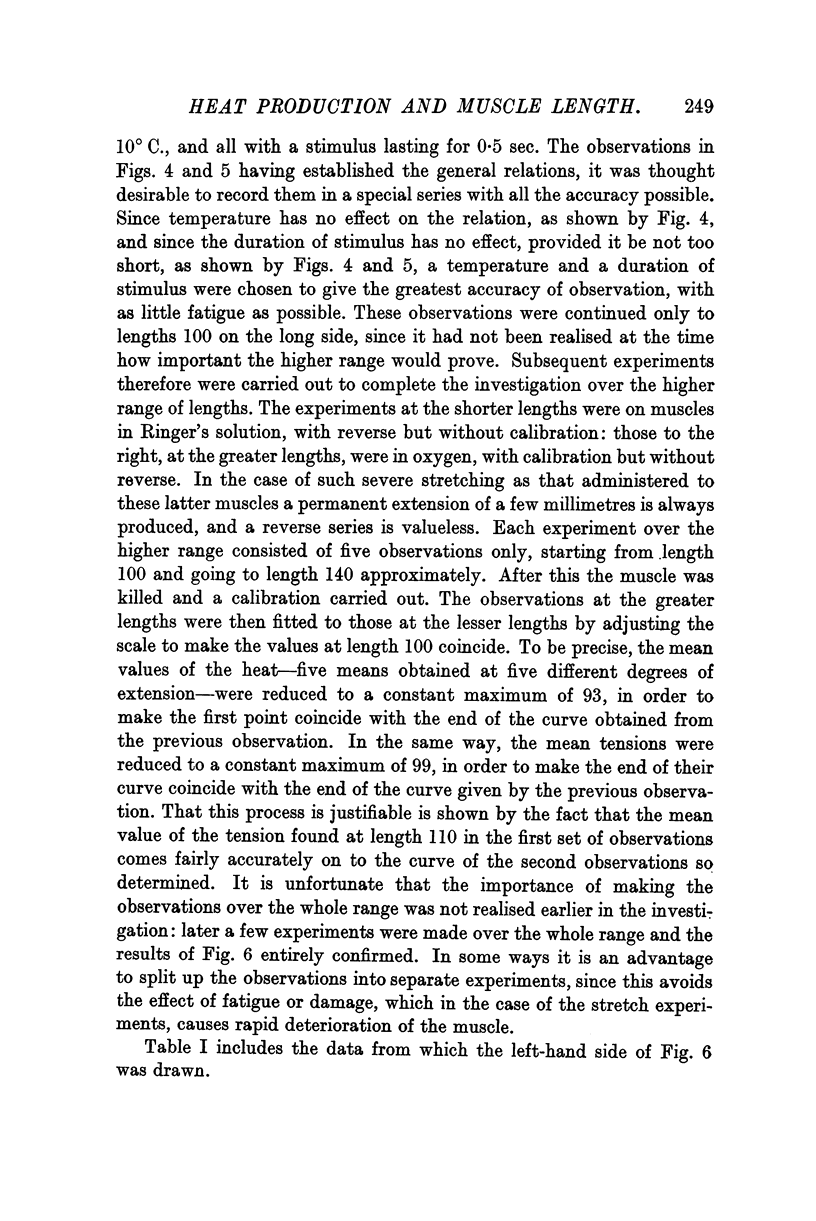
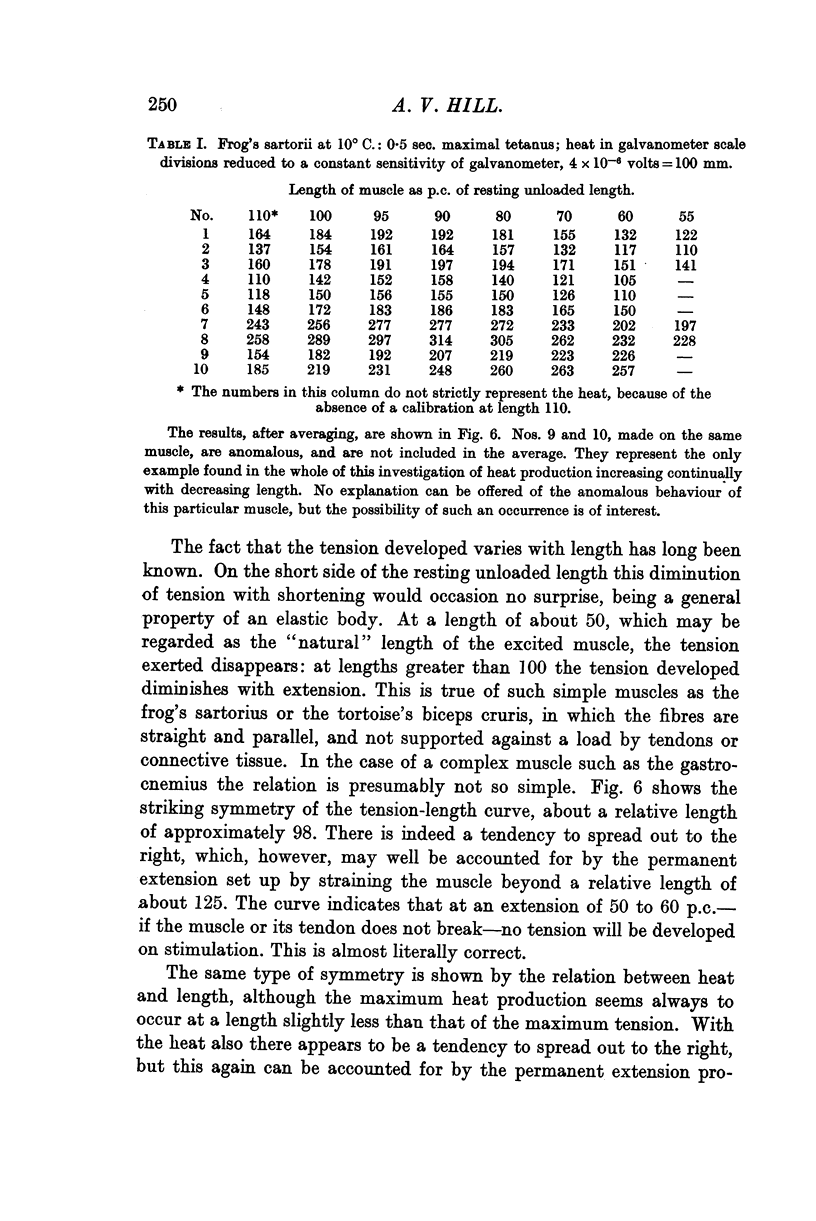
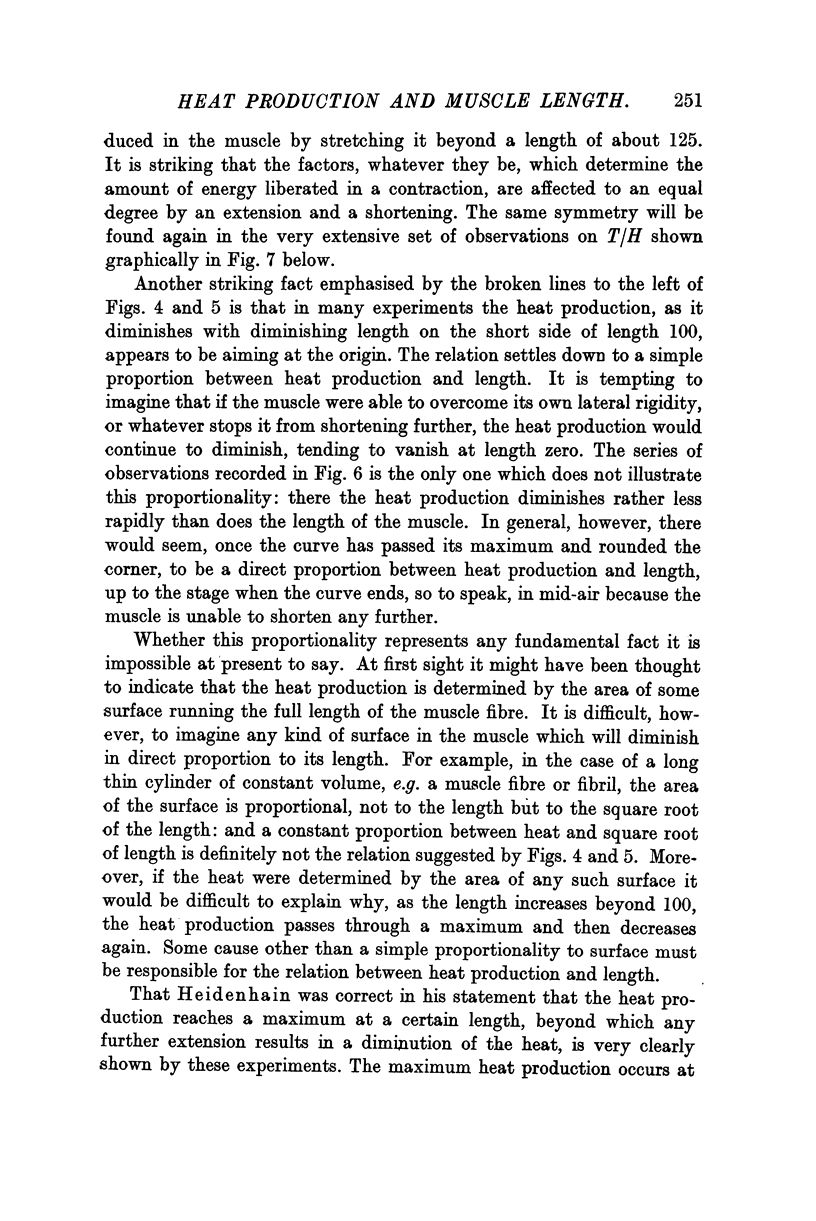
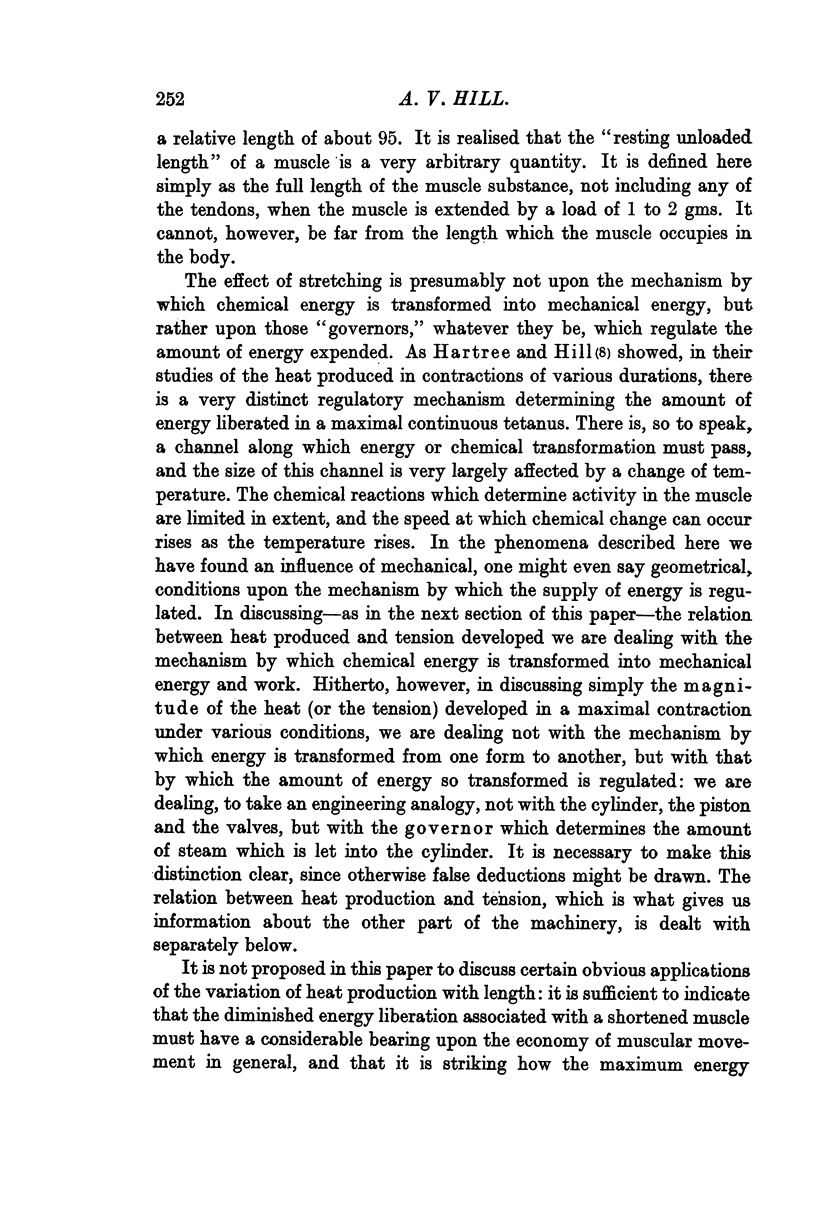
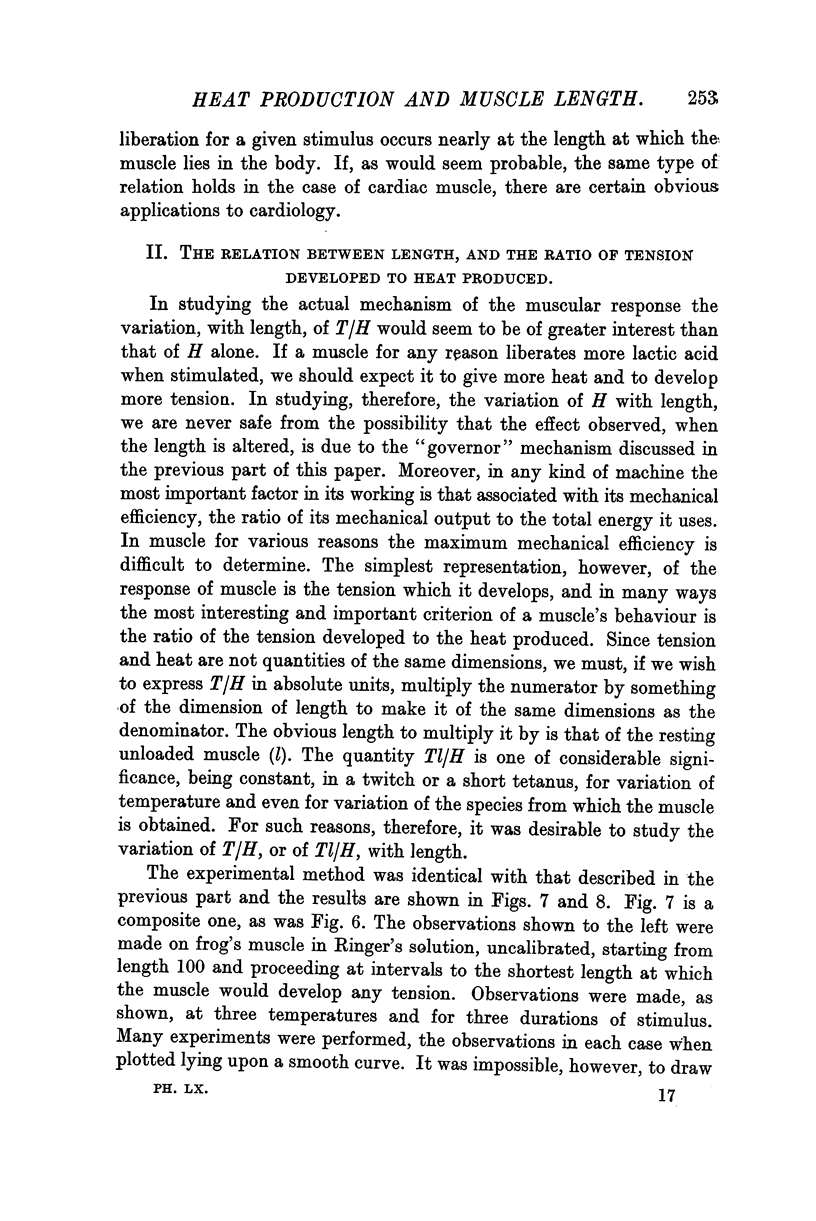
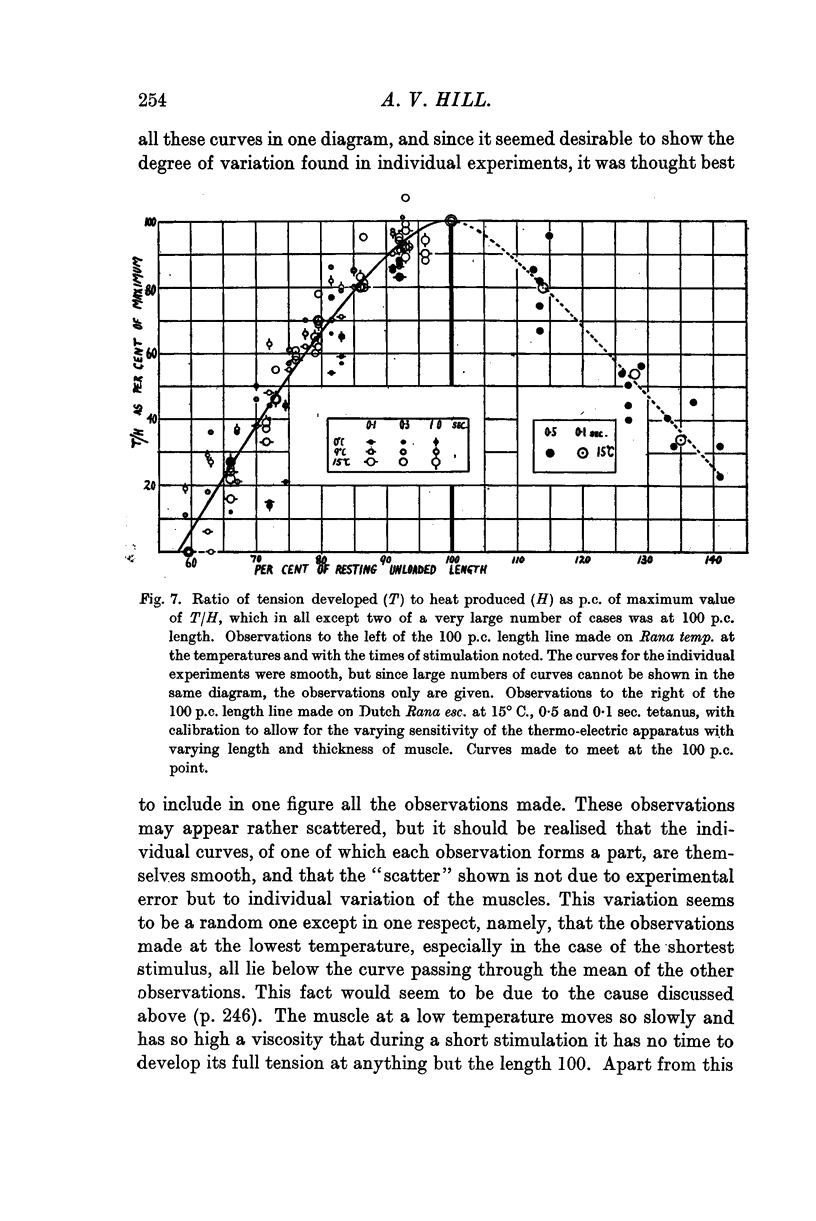
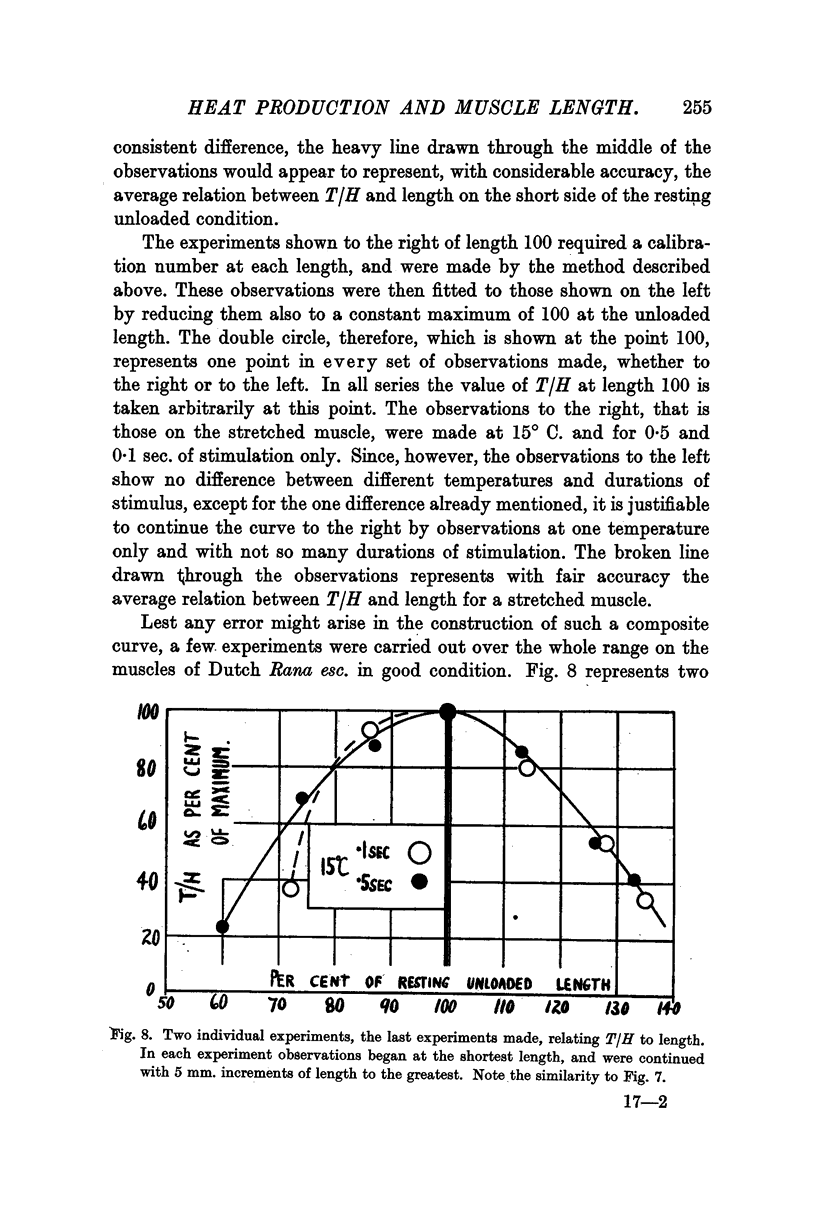

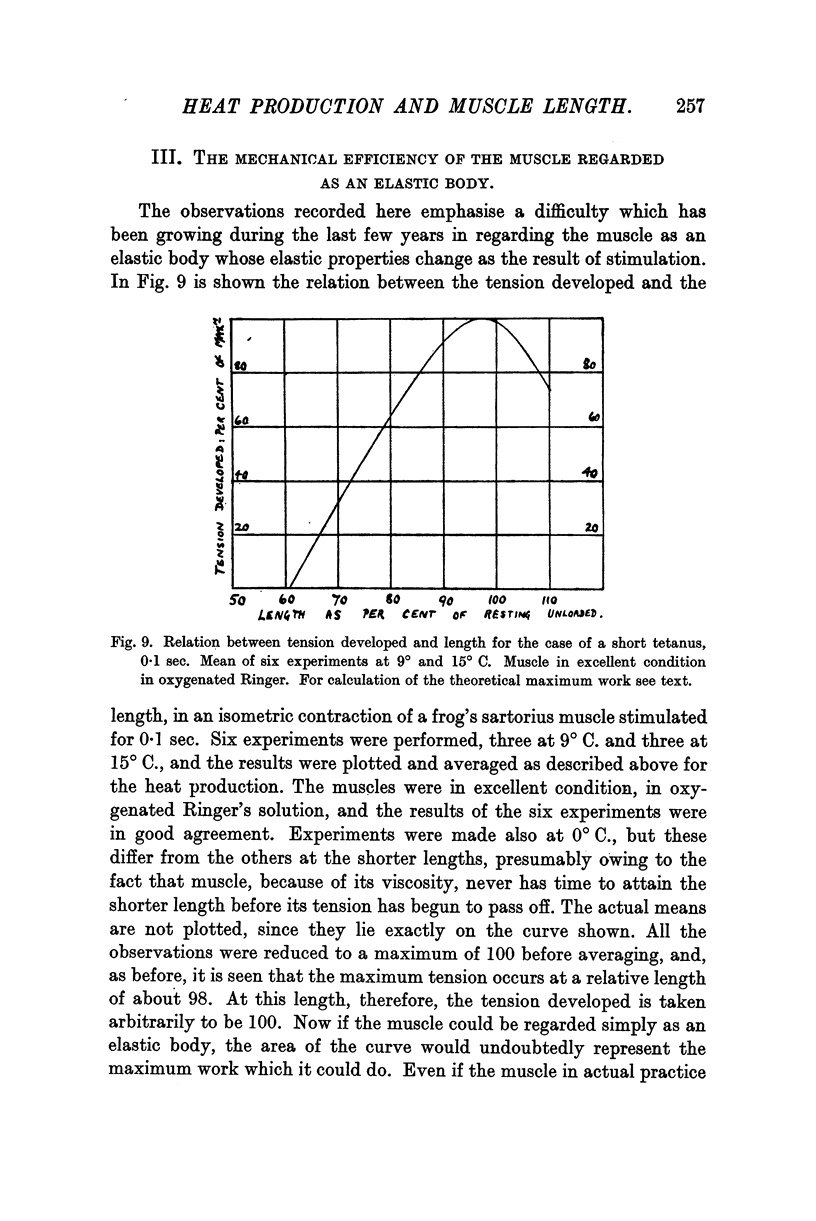
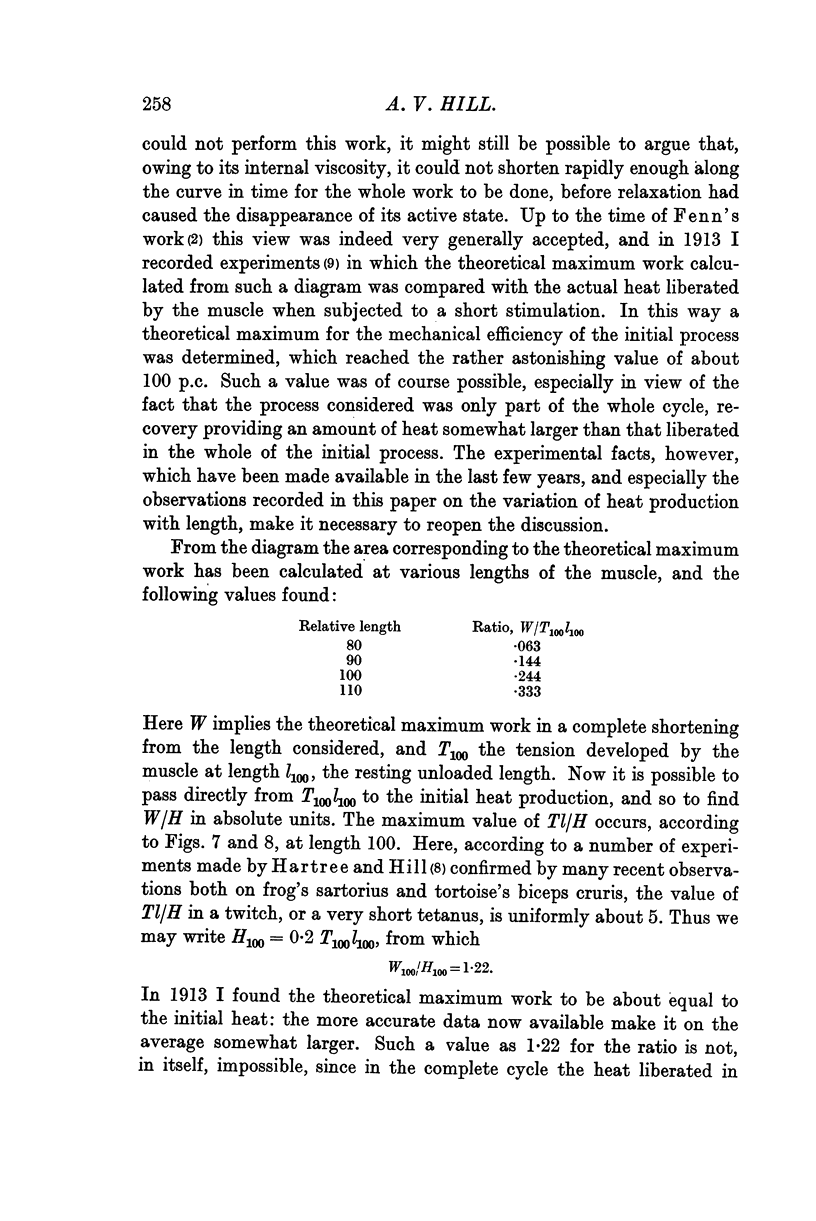
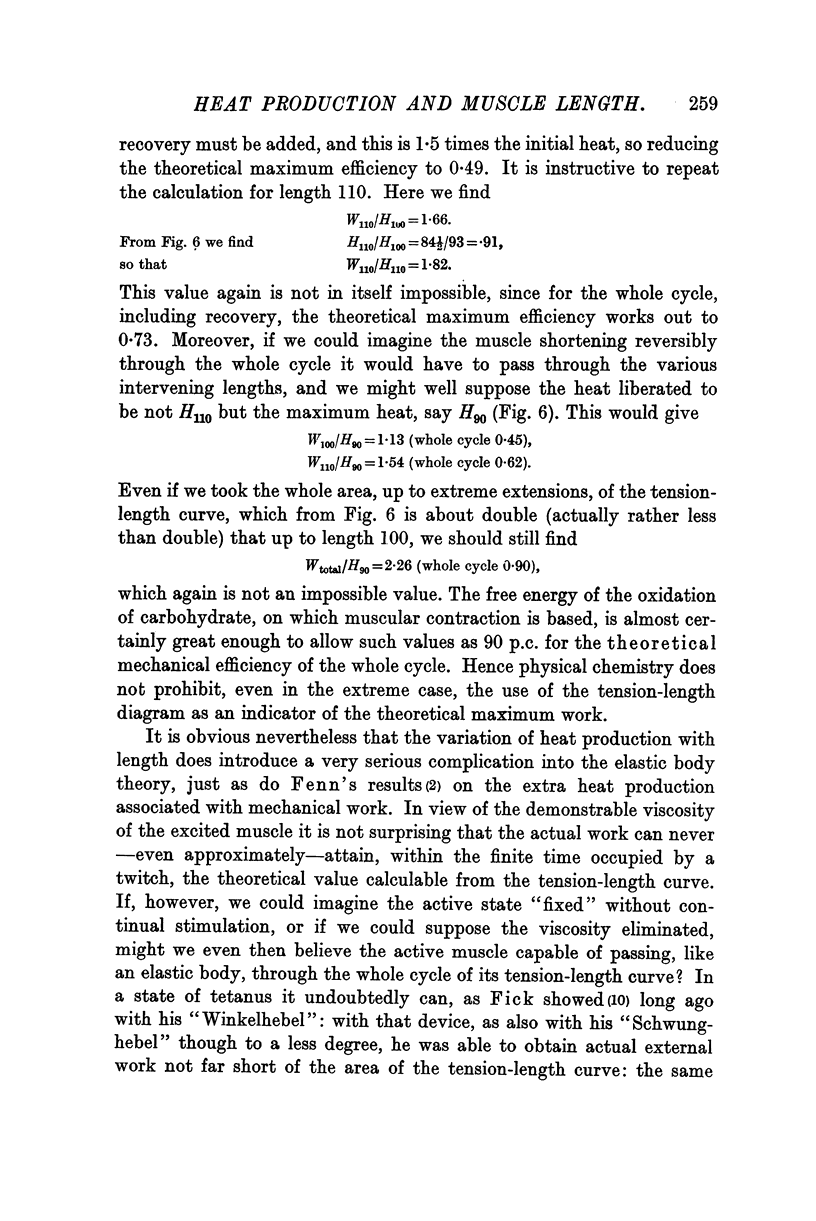
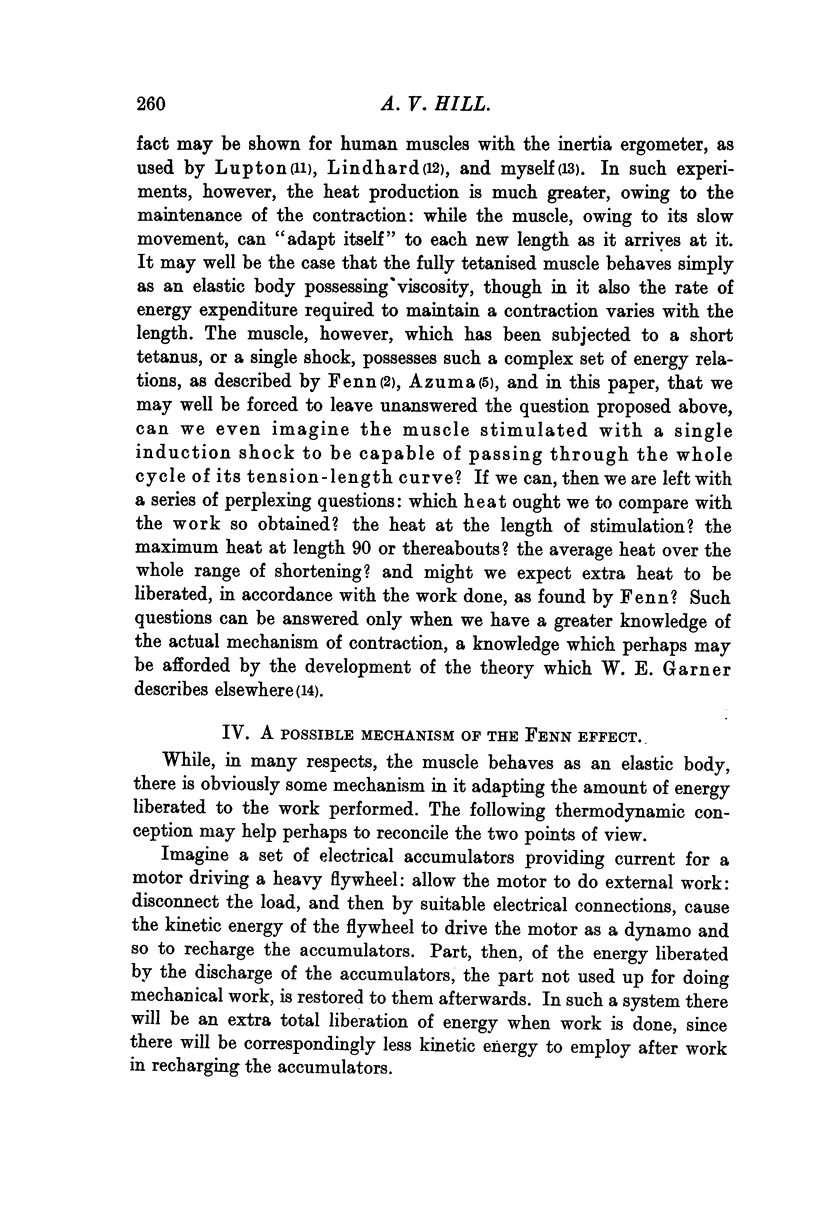
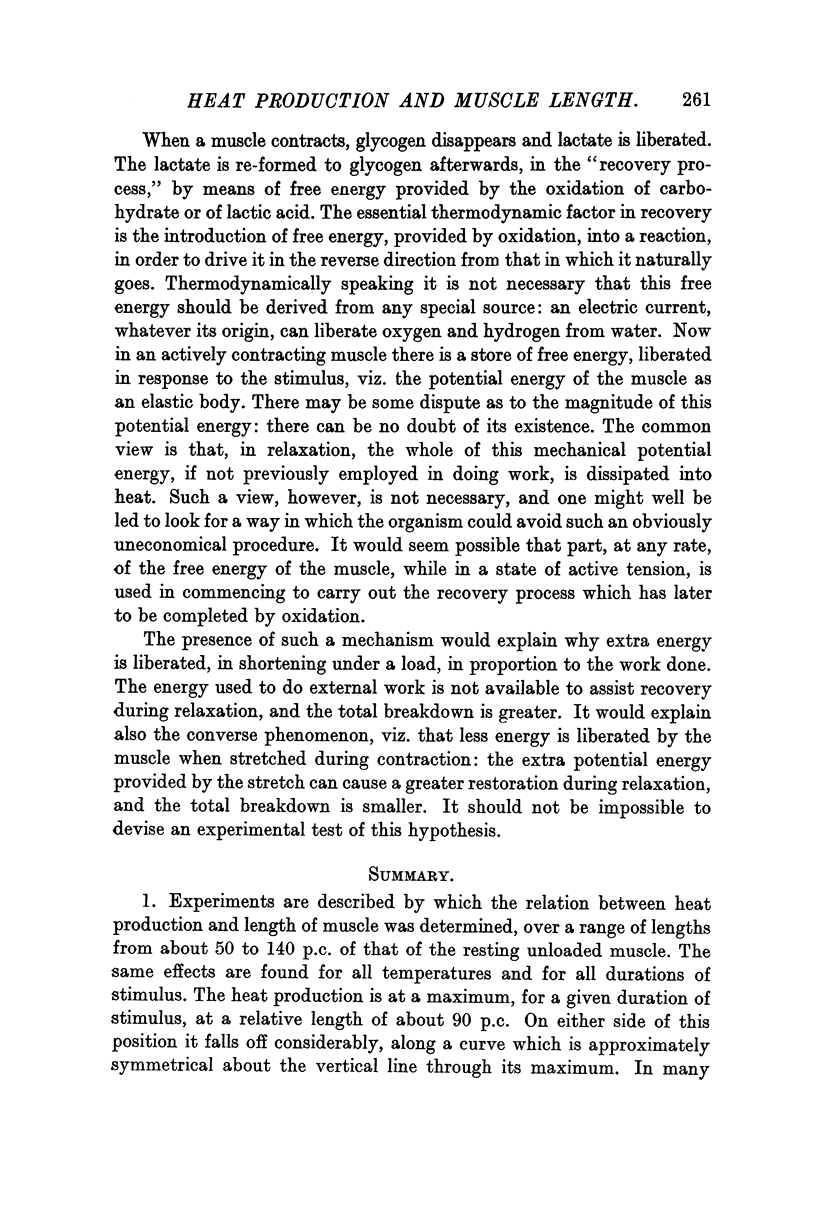
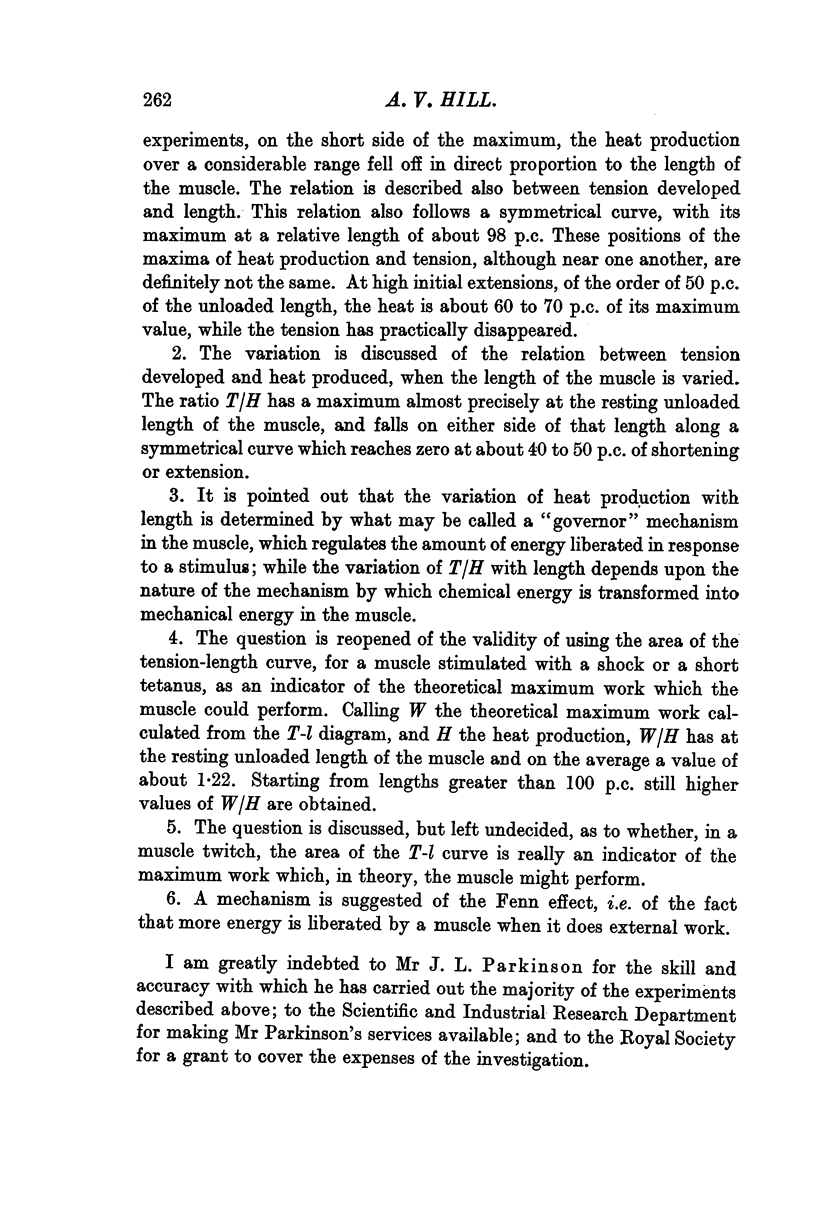
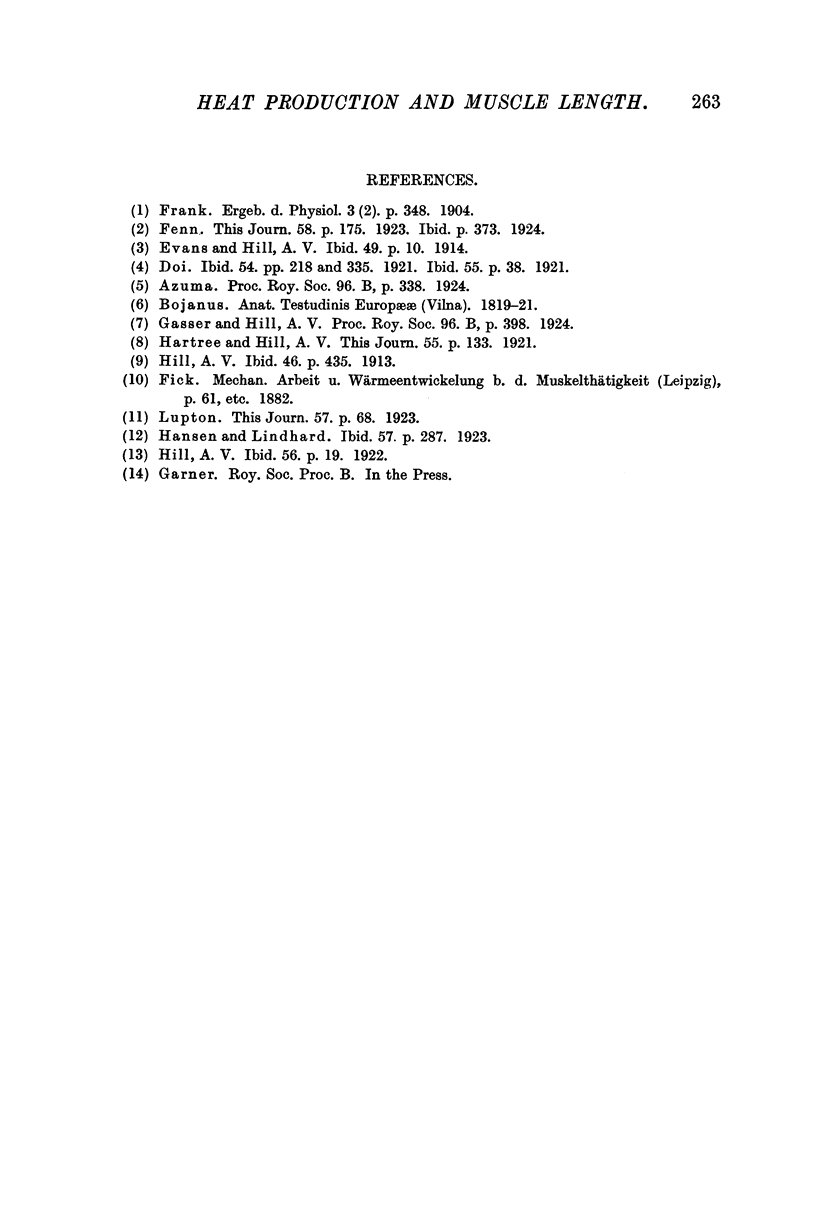
Selected References
These references are in PubMed. This may not be the complete list of references from this article.
- Doi Y. Studies on muscular contraction: II. The relation between the maximal work and the tension developed in a muscle twitch, and the effects of temperature and extension. J Physiol. 1921 Mar 15;54(5-6):335–341. doi: 10.1113/jphysiol.1921.sp001934. [DOI] [PMC free article] [PubMed] [Google Scholar]
- Fenn W. O. A quantitative comparison between the energy liberated and the work performed by the isolated sartorius muscle of the frog. J Physiol. 1923 Dec 28;58(2-3):175–203. doi: 10.1113/jphysiol.1923.sp002115. [DOI] [PMC free article] [PubMed] [Google Scholar]
- Fenn W. O. The relation between the work performed and the energy liberated in muscular contraction. J Physiol. 1924 May 23;58(6):373–395. doi: 10.1113/jphysiol.1924.sp002141. [DOI] [PMC free article] [PubMed] [Google Scholar]
- Hansen T. E., Lindhard J. On the maximum work of human muscles especially the flexors of the elbow. J Physiol. 1923 Jun 8;57(5):287–300. doi: 10.1113/jphysiol.1923.sp002066. [DOI] [PMC free article] [PubMed] [Google Scholar]
- Hartree W., Hill A. V. The regulation of the supply of energy in muscular contraction. J Physiol. 1921 May 24;55(1-2):133–158. doi: 10.1113/jphysiol.1921.sp001961. [DOI] [PMC free article] [PubMed] [Google Scholar]


